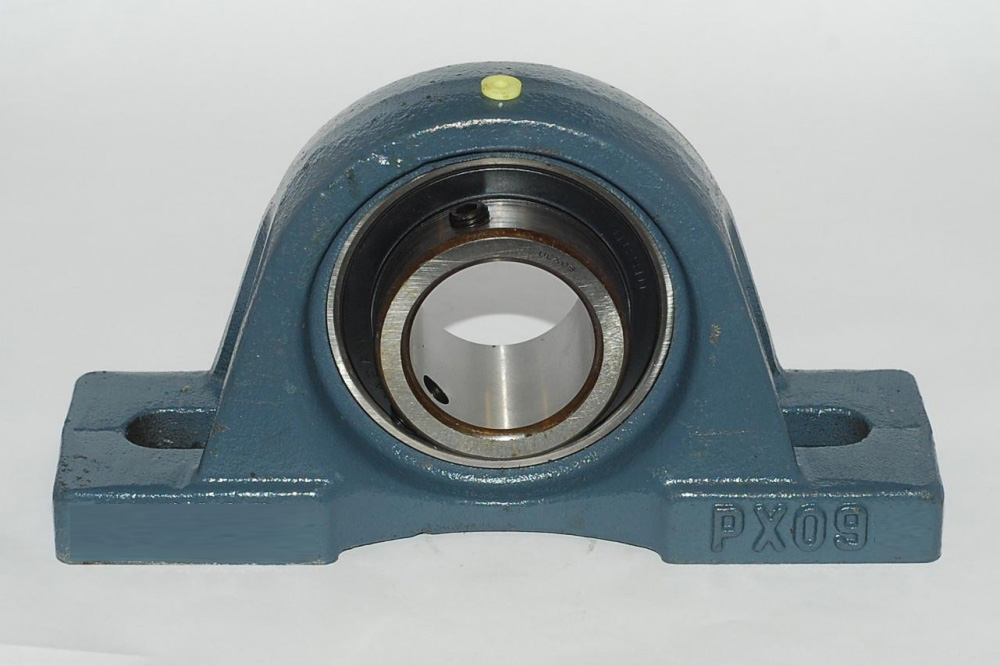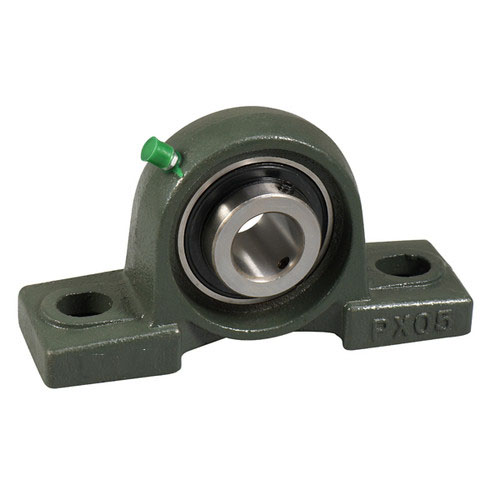Advantages of stainless steel flange bearings
Stainless steel flange bearings can be adapted to the needs of some applications, and the flange enables the bearing to be positioned axially in the housing. This configuration is very simple in design and saves space. Since no housing shoulder is required, it is much less expensive to machine the housing bore.
Advantages of stainless steel flange bearings: The series of products with flanges on the outer ring make axial positioning simple; no bearing seat is needed, and it becomes more economical. In order to obtain low friction torque, high rigidity, and good rotation accuracy from the bearing, steel balls with small outer diameters are used. The use of a hollow shaft ensures light weight and space for wiring.
Application of stainless steel flange bearings
Stainless steel flange bearings are widely used in printers, fax machines, monitors, and other household products used in daily life. The biggest feature of stainless steel flange bearings is the integration of the flange and the bearing. When there is no connecting piece at one end of the shaft and it needs to be fixed to a plane, such as a board or wall, the flange bearing shows its advantages.
A series of products with an outer ring flange simplify axial positioning; no bearing housing is required, and they become more cost effective. In order to obtain low friction torque, high rigidity, and good rotation accuracy from the bearing, steel balls with small outer diameters are used. The use of a hollow shaft ensures light weight and space for wiring. Stainless steel flange bearings are mainly used in robots, medical equipment, office equipment, testing equipment, deceleration, speed change devices, motor optics, imaging equipment, card readers, motors, laser engraving, and other related fields.

Generally speaking, normal stainless steel flange bearings will not produce noise during operation. If the bearing noise is found to be large during use, it needs to be attended to by the staff. There are many reasons for bearing noise, most of which are caused by vibration. Why do you say that? See the introduction below.
- The change in the number of bearings causes vibration and noise. When the bearing is under radial load, the number of rolling bearings that bear the load will change. If the load direction of the bearing deviates, it will naturally cause vibration. Normally, the axial preload can be reduced to improve this problem.
- The damage of some parts causes vibration. Incorrect installation or operation errors by the staff may cause damage to the parts inside the bearing. Some parts are damaged and specific vibration frequencies will occur. By analyzing the frequency of vibration, it can be judged which part is damaged.
- The poor precision of the bearing parts leads to vibration. The bearing seat and the bearing ring, the bearing ring and the drive shaft need to be closely matched. If there is no tight fit, deformation will occur. Once the bearing is deformed, it will vibrate during operation.
- Running in a polluted environment causes vibration, and the operation of the bearing is also conditional. If it runs in a polluted environment, impurities will enter the stainless steel flange bearing and crush small parts.
Trash particles do not have a typical frequency pattern, but they can make noise. There are many reasons for the noise of stainless steel flange bearings, and they are also quite complicated. Among them, the noise caused by vibration is a typical reason. I hope that everyone will pay attention to this reason when using bearings.
How to prolong the life of stainless steel flange bearings
Stainless steel flange bearings mainly bear radial loads, and can also bear radial loads and axial loads at the same time.
How to improve the life of stainless steel flange bearings, you can use the following three methods:
- In order to make the gap between the bearing retainer and the bearing ring in the radial direction larger than the eccentricity, the internal structure has been improved;
- Using FEM analysis, the strength of the retainer is improved by optimizing the shape and plate thickness;
- In order to prevent surface damage caused by loss of lubricating oil, guide grooves are designed in the bearing ring.

What are the requirements for the material of stainless steel bearings?
- Because stainless steel bearings need to keep running for a long time during the production process, according to such characteristics, the material must have certain wear resistance and excellent wear resistance;
- In order to ensure the precision of production and the stability of operation in the production process, the bearing material must have good stability, such as rolling bearings, which are precision mechanical parts, and their precision is calculated in microns. Therefore, in order to ensure the dimensional accuracy of the bearing, the material of the bearing must have good stability;
- Due to the working environment requirements of the stainless steel bearing itself, the material of the stainless steel bearing must have the characteristics of corrosion resistance. For example, when stainless steel bearings are lubricated, the lubricating oil is gradually oxidized in the atmosphere to produce acidic substances, or the additives in the lubricating oil will corrode the bearings. Therefore, the bearing materials must have corrosion resistance;
- When the stainless steel bearing is used at the service temperature, the hardness, strength, uniformity of structure, impact strength and fatigue resistance of the bearing material are very important.
Because the bearing has to run for a long time, the fatigue resistance of its material is very important to ensure that the bearing can maintain normal working requirements during long-term operation.
Xiamen Smark Bearing is a professional China 2 inch pillow block bearing wholesaler. We have many years of production experience and are one of the experts in this industry. If you are interested in our products, or have any questions, please feel free to contact us. We look forward to cooperating with you for mutual benefits and win-win results.

